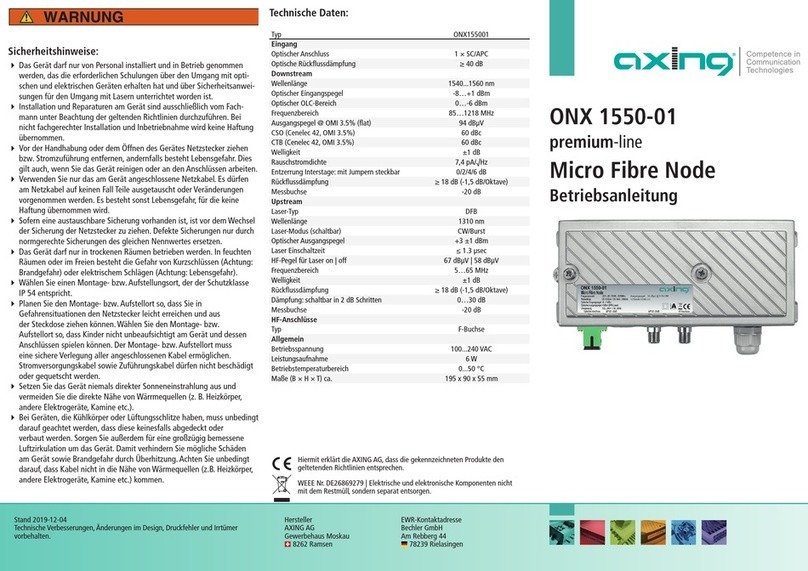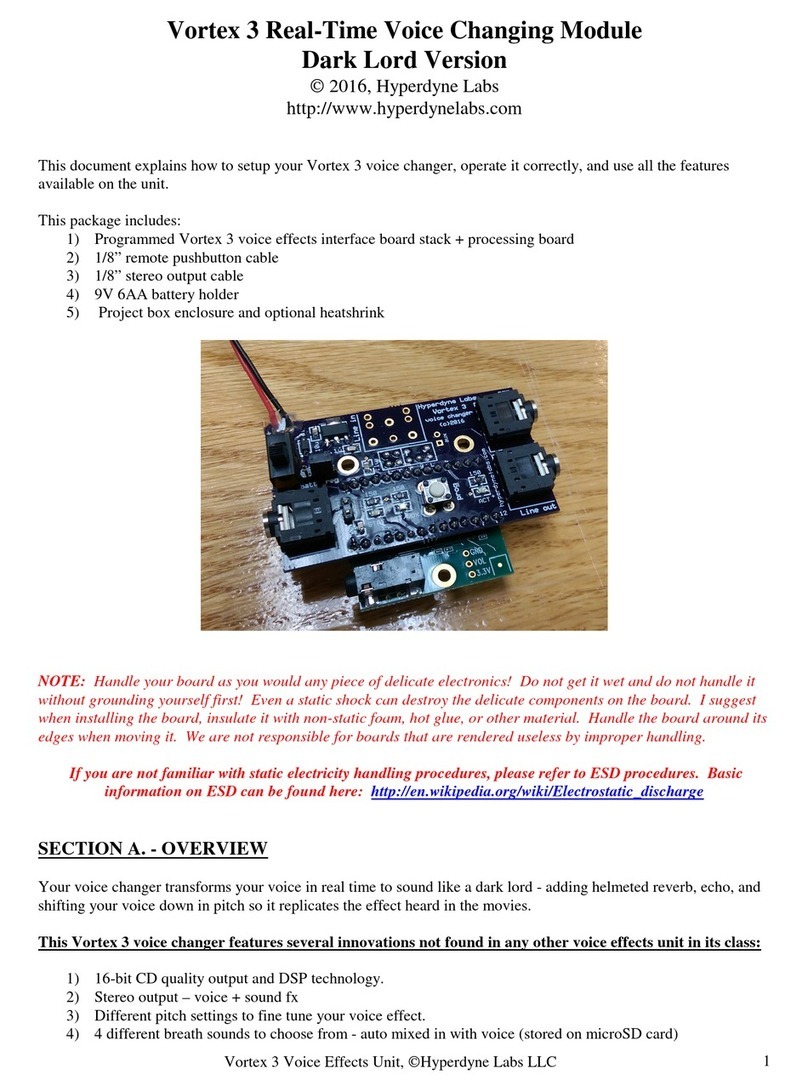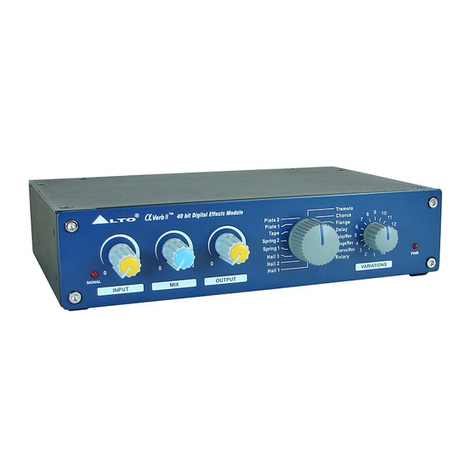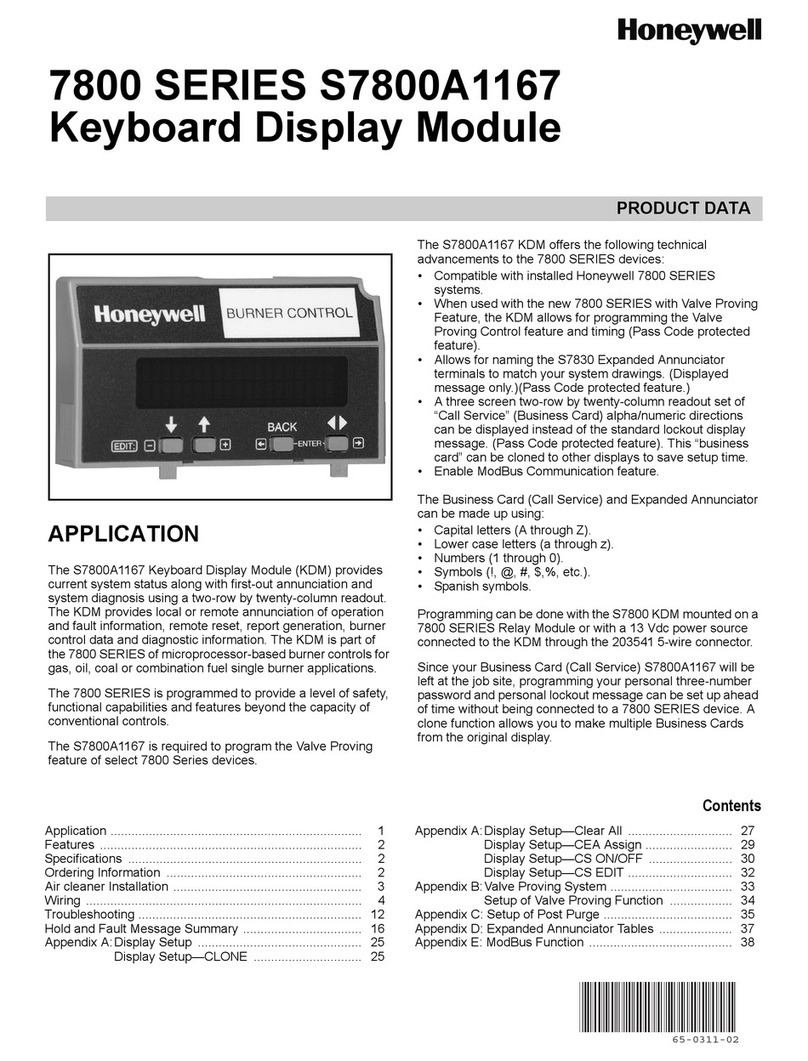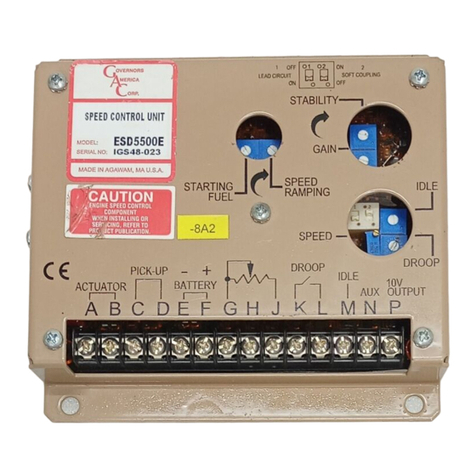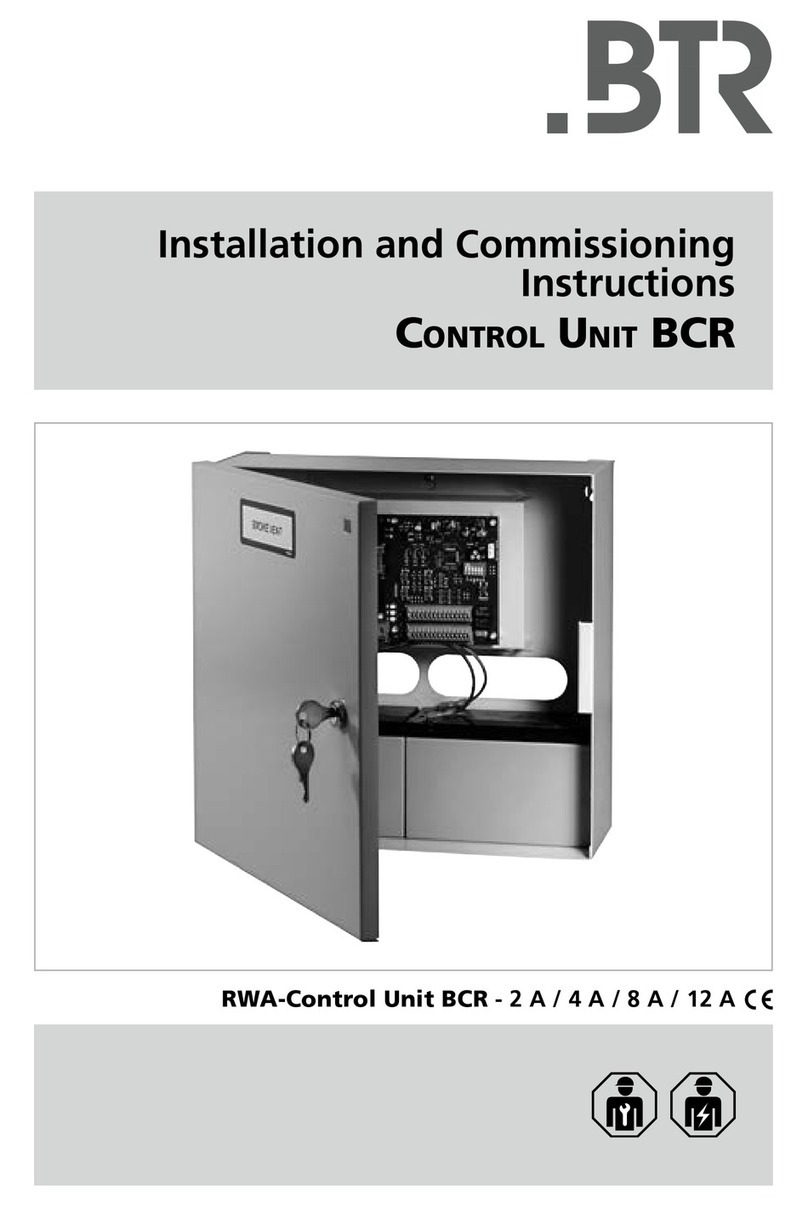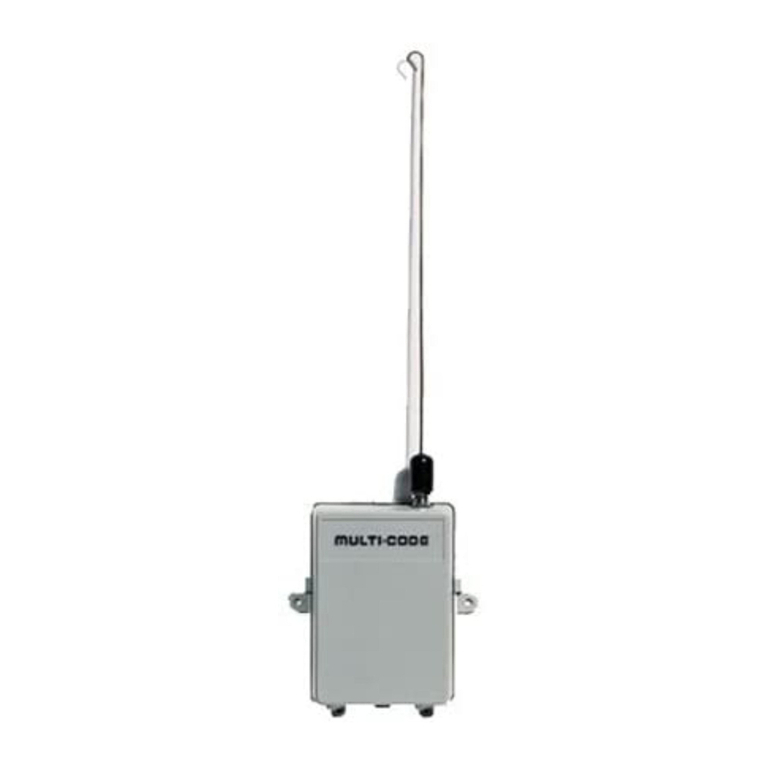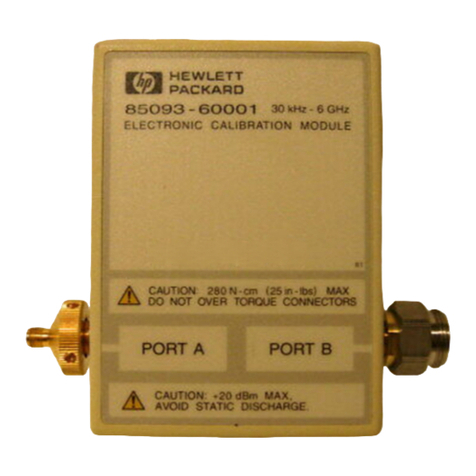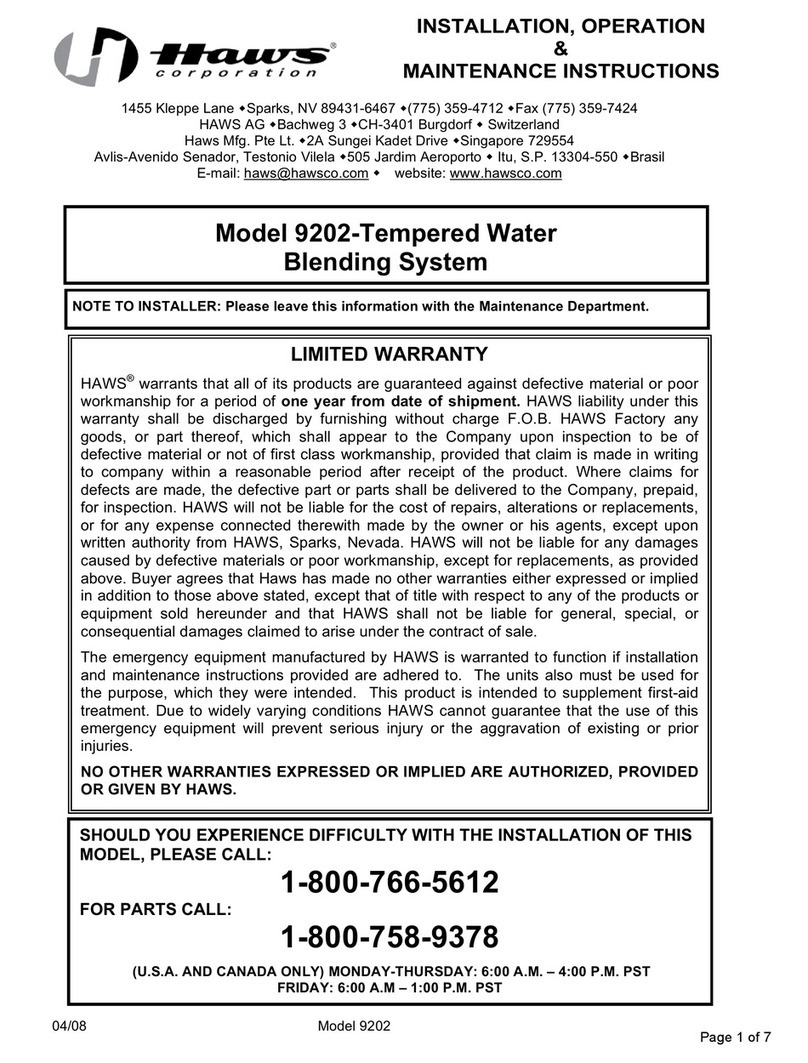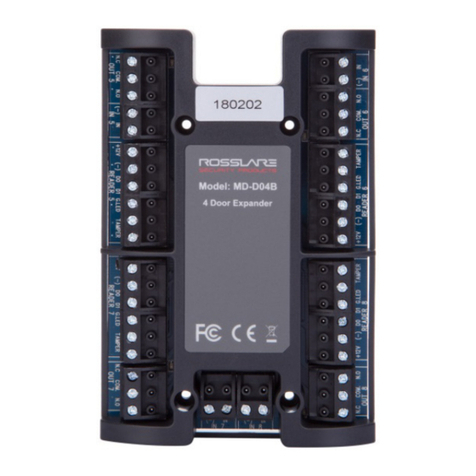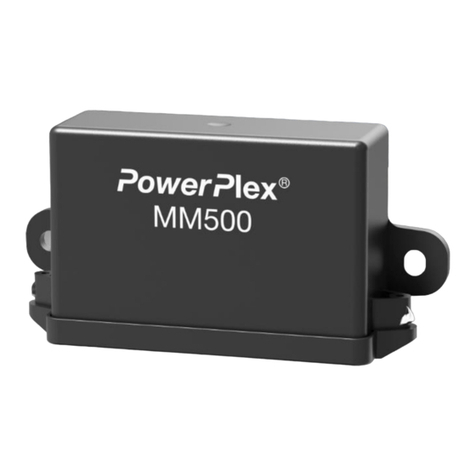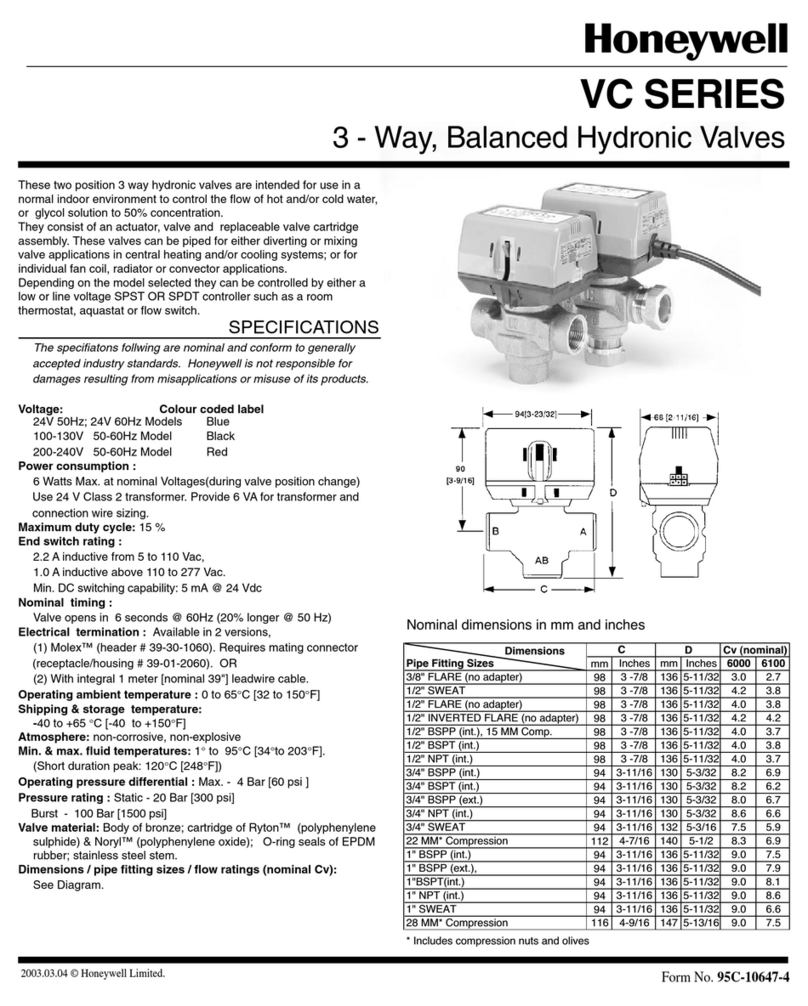axing Premium Line SKT 80-00 User manual

SKT 40-00 | SKT 80-00
8PSK/QPSK | COFDM
Quattro/Octo Module
Operation instructions

Operation instructions | SKT 40-00 | SKT 80-00 | 8PSK/QPSK | COFDM Quattro/Octo Module
2 2016-01-11 | © AXING AG Switzerland | Subject to change in design and type; errors and misprints reserved
Table of contents
1.Product description ....................................................................................................................................... 4
1.1.General................................................................................................................................................. 4
1.2.Delivery includes:.................................................................................................................................. 4
1.3.Inputs/tuners......................................................................................................................................... 4
1.4.Output/modulators ............................................................................................................................... 4
1.5.Graphical user interface........................................................................................................................ 5
1.6.Display elements and connectors.......................................................................................................... 6
1.6.1.SKT 40-00..................................................................................................................................... 6
1.6.2.SKT 80-00..................................................................................................................................... 7
2.Installation and connection........................................................................................................................... 8
2.1.Installation and connection in a headend base unit ............................................................................. 8
2.1.1.Power supply in the headend base unit...................................................................................... 10
2.2.External operation of the SKT 40-00 / 80-00 module.......................................................................... 10
2.2.1.Power supply by external operation ........................................................................................... 11
3.Configuration.............................................................................................................................................. 12
3.1.Login and logout................................................................................................................................. 13
3.2.Initialization phase 1 .......................................................................................................................... 16
3.3.Initialization phase 2 .......................................................................................................................... 17
3.3.1.REMUX- and CROSS MULTIPLEX MODE..................................................................................... 17
3.3.2.LCN (Logical Channel Numbering).............................................................................................. 19
3.4.Initialization phase 3 .......................................................................................................................... 20
3.5.Maintenance....................................................................................................................................... 22
3.5.1.Updating firmware/software ...................................................................................................... 22
3.5.2.Changing the IP address............................................................................................................. 22
3.5.3.Changing the password.............................................................................................................. 23
3.5.4.Rebooting................................................................................................................................... 23
3.5.5.Erasing service data ................................................................................................................... 23
4.Technical data............................................................................................................................................. 24

2016-01-11 | © AXING AG Schweiz | Subject to change in design and type; errors and misprints reserved 3
Safety instructions:
xThe installation of the device and repair work on the device must be carried out only by a professional
in accordance with the applicable VDE directives. In case of incorrect installation, no liability is
assumed.
xNever open the device. There are no parts to be maintained by the user inside the device, however,
lethal voltages are present. This also applies to cleaning the device or working on the connections.
xUse only the mains cable connected to the device or the enclosed power supply unit. Never replace
any parts or make any modifications to the mains cable and the power supply unit. Otherwise, there
is a risk of death.
xIf a replaceable fuse is available, pull out the mains plug before replacing the fuse. Replace defective
fuses only by standardized fuses with the same nominal value.
xIf you intend not to use the device for a longer period of time, we recommend you to completely
disconnect the device from the mains for safety reasons and for saving energy by pulling out the
mains plug.
xLet the device adjust to the room temperature before commissioning, in particular if condensation is
present on the device, or if it was exposed to large temperature fluctuations.
xThe device must be operated only in moderate climate.
xThe device must be operated only in dry rooms. In damp rooms or outdoors, there is a risk of short-
circuits (attention: risk of fire) or electrical shocks (attention: risk of death).
xPlan the mounting or installation location such that you can easily reach the mains plug and interrupt
the electric circuit in dangerous situations. Select the mounting or installation location such that
children cannot play near the device and its connections without supervision. The mounting or
installation location must allow a safe installation of all connected cables. Power supply cables and
supply cables must not be damaged or squeezed by any objects.
xSelect a mounting or installation location which meets the requirements of the IP 54 protection class.
Operate the device only on a flat, firm surface and protect it against unintentional movements.
xNever expose the device to direct solar irradiation and avoid direct vicinity of heat sources (e.g.
heaters, other electrical appliances, fireplace, etc.). It must be always ensured that devices with
cooling elements or ventilation slots are not covered or obstructed. In addition, ensure generous air
circulation around the device. This will prevent possible damage to device and risk of fire due to
overheating. It must be always ensured that cables are not located near heat sources (e.g. heaters,
other electrical appliances, fireplace, etc.).
xThe device is intended for transmission of audio and video signals via LAN cable. Misuse of the device
is expressly prohibited.
xIn particular, the warranty and liability shall be excluded for the consequences of incorrect use, in
case of incorrect modifications or repair work carried out by the customer. Use the device only as
described in the operating instructions and in particular according to the state-of-the-art.
xThe antenna system must be installed and grounded according to the current DIN EN 60728-11
standard.
xThe product complies with the directives and standards for CE labeling.

Operation instructions | SKT 40-00 | SKT 80-00 | 8PSK/QPSK | COFDM Quattro/Octo Module
4 2016-01-11 | © AXING AG Switzerland | Subject to change in design and type; errors and misprints reserved
1. Product description
1.1. General
SKT 40-00 – Conversion of four QPSK/8PSK modulated SAT IF signals in COFDM.
SKT 80-00 – Conversion of eight QPSK/8PSK modulated SAT IF signals in COFDM.
Thanks to the implementation of the FPGA technology, you get an excellent signal quality with exceptional
MER values.
1.2. Delivery includes:
1 × SKT 40-00 8PSK/QPSK | COFDM quattro module or SKT 80-00 8PSK/QPSK | COFDM octo module
1 × DC connection cable SKZ 40-00
1 × Quick start guide
Note: The power supply unit and the basic unit are not included in the scope of delivery of the SKT 40-00 and
SKT 80-00 modules. They are available as an option. It is recommended to install the modules into a base unit.
1.3. Inputs/tuners
The quattro module SKT 40-00 includes four independent DVB-S/S2 tuners and the octo module SKT 80-00
includes eight of them.
On the SAT-IF input the headend modules have a remote supply voltage for the LNB and use DiSEqC 1.0
functionalities.
Therefore, they can be connected directly to the LNB.
Optionally, you can also use conventional multi-switches as input distributors. The advantage of this solution is
that you can set both the SAT IF level and the satellite via the user interface. Changes in the list of programs
can be made using remote maintenance, so that it is not necessary to change or modify the input distribution
on site.
The selection of the transponder and the demodulation of the QPSK/8PSK modulated signal are both made in
the tuner. After the demodulation, a parallel data flow is output.
If needed, the programs from the data flow of the demodulated transponder can be filtered and bundled again
(Remux procedure).
Thanks to the Cross Multiplex procedure, FTA programs can be filtered from the data flow of several tuners for
a common output channel and be bundled again. The prepared data flow is passed on to the modulators.
1.4. Output/modulators
The SKT 40-00 has four COFDM output modulators.
The first modulator can be set to any output channel between 114 and 1,006 MHz. The other three modulators
are automatically set by incrementing the output channels in accordance with the chosen channel spacing.
For example: (Modulator 1: S21) – (modulators 2; 3; 4: S22; S23; S24)
The output channels of the four modulators must be neighbor channels and have the same HF
output.
The SKT 80-00 has eight COFDM output modulators. They are subdivided in two modulator groups of four
modulators each.
In both groups, the first modulator can be set to any output channel between 114 and 1,006 MHz. The next
three modulators of both modulator groups are automatically set by incrementing the output channels in
accordance with the chosen channel spacing.

2016-01-11 | © AXING AG Schweiz | Subject to change in design and type; errors and misprints reserved 5
For example: (Group A, modulator 1: S21) – (modulators 2; 3; 4: S22; S23; S24).
(Group B, modulator 1: S25) – (modulators 2; 3; 4: S26; S27; S28).
The output channels of the four modulators must be neighbor channels and have the same HF
output.
Each modulator group has its own separated HF output.
The signals of the HF outputs are brought together in the output combiner of the SKS xxx base unit.
1.5. Graphical user interface
The settings of the modules can be changed via the user interface of the integrated web interface. To access
the user interface and thus configure the devices, you need a standard PC/laptop with a network interface and
the actual version of the installed web browser.

Operation instructions | SKT 40-00 | SKT 80-00 | 8PSK/QPSK | COFDM Quattro/Octo Module
6 2016-01-11 | © AXING AG Switzerland | Subject to change in design and type; errors and misprints reserved
1.6. Display elements and connectors
1.6.1. SKT 40-00
1. 8 × MPEG data stream modulator LED indicators
Error (red) = Modulator stream too large (fill level >95%)
OK (green) = Fill level O.K.
2. 4 × HF input
3. RJ-45 Ethernet port
4. 4 × HF input LED indicator:
Orange = MPEG data stream present,
Off = MPEG data stream not present
5. Grounding screw
6. 1 x HF output
7. Fan
8. 2 × DC input/output

2016-01-11 | © AXING AG Schweiz | Subject to change in design and type; errors and misprints reserved 7
1.6.2. SKT 80-00
1. 16 × MPEG data stream modulator LED indicators
Error (red) = Modulator stream too large (fill level >95%)
OK (green) = Fill level O.K.
2. 8 × HF input
3. 2 × RJ-45 Ethernet port
4. 8 × HF input LED indicator:
Orange = MPEG data stream present,
Off = MPEG data stream not present
5. Grounding screw
6. 2 × HF output
7. Fan
8. 2 × DC input/output

Operation instructions | SKT 40-00 | SKT 80-00 | 8PSK/QPSK | COFDM Quattro/Octo Module
8 2016-01-11 | © AXING AG Switzerland | Subject to change in design and type; errors and misprints reserved
2. Installation and connection
The SKT 40-00 can be operated either in a headend base unit SKS x0-xx or in the stand-alone mode with the
external power supply unit (SKZ 5-03). In both cases, all elements must be installed in a voltage-free condition.
The SAT IF inputs can be connected directly to a quattro LNB or to a SAT IF distributor. The plugged cable of
the headend supplies the unit with power. The input distribution can also be done via a standard multiswitch
with up to 16 SAT IF levels.
2.1. Installation and connection in a headend base unit
Every slot in the base unit has a fixing screw in order to install the headend modules. Before the installation,
the upper screw must be loosened. When being attached to the output combiner, the module is at the same
time mounted on the loosened screw. Please tighten then the screw well.
Please pay attention to the maximum number of modules which can be supplied by the power
supply unit (see section 2.1.1 on page 10).
The modules have two identical connecting sockets on the bottom for the power supply. Both are linked
together internally.
One of both connecting sockets is used to get the operating voltage from the power supply unit or from
another module.
The second one can be used to loop the operating voltage through to the next module or to the output
combiner of the base unit.
With the DC patch cable (SKZ 40-00) included in the scope of delivery, the modules can be connected together.
While looping the modules through, a maximum of 3 x SKT 80-xx or 4 x SKT 40-xx can be connected
together.
Installation in the headend base unit SKS 4-01:
The power supply unit SKZ 5-01, integrated in the headend base unit SKS 4-01, has a DC connecting cable on
the output side. This cable is connected to the first SKT 40/80 module.
The other modules are connected to each other using the enclosed DC connecting cable SKZ 40-00.
A separate DC connecting cable SKZ 40-01 is additionally required to supply the output combiner. Connect the
output combiner to the last module. The connecting cable SKZ 40-01 is not included in the scope of delivery.
Installation in the headend base unit SKS 8-00:
The power supply unit SKZ 6-00 integrated in the headend base unit SKS 8-00 has a short and a long DC
connecting cable on the output side. Connect the short DC connecting cable to the first SKT 40/80 module and
the long DC connecting cable to the fourth SKT 40/80 module.
The other modules are connected to each other using the enclosed DC connecting cable SKZ 40-00. Two
separate DC connecting cables SKZ 40-01 are additionally required to supply the output combiner.
Connect the output combiner to the last module on the right and to the third module on the left side. The
connecting cables SKZ 40-01 are not included in the scope of delivery.

2016-01-11 | © AXING AG Schweiz | Subject to change in design and type; errors and misprints reserved 9
Installation in the base unit SKS 40-00:
The power supply unit SKZ 5-04 is not included in the scope of delivery of the base unit.
Mount the power supply unit according to the enclosed operating instructions of the power supply unit.
The power supply unit has a short and a long DC connecting cable on the output side.
Connect the short DC connecting cable to the first SKT 40/80 module and the long DC connecting cable to the
third SKT 40/80 module.
The other modules are connected to each other using the enclosed DC connecting cable SKZ 40-00.
A separate DC connecting cable SKZ 40-01 is additionally required to supply the output combiner. Connect the
output combiner to the last module. The connecting cable SKZ 40-01 is not included in the scope of delivery.
Notes
ÎObserve the operator's manual of the corresponding headend base unit!
ÎObserve the operator's manual for the corresponding power supply unit!
ÎBefore inserting or changing a module, pull the mains plug of the headend base unit from the socket!
ÎThe antenna system must be installed and grounded according to the DIN EN 60728-11 standard.
ÎInstall the base plate of the base unit in compliance with the safety regulations defined by the EN 60728-
11 standard. Connect the base plate of the base unit with an equipotential bonding cable (copper,
minimum 4 mm²).

Operation instructions | SKT 40-00 | SKT 80-00 | 8PSK/QPSK | COFDM Quattro/Octo Module
10 2016-01-11 | © AXING AG Switzerland | Subject to change in design and type; errors and misprints reserved
2.1.1. Power supply in the headend base unit
The power supply units supply the modules with 16 V DC voltage. The current consumption of all connected
modules must not exceed the maximal delivery of the power supply unit used.
The remote power rails at the SAT IF inputs must be added to the current consumption of the modules. The
current consumption at the SAT IF inputs is limited to 250 mA per input. Please take account of the current
consumption of the devices when choosing the LNBs or the multiswitches.
SKS 4-00 /
SKZ 5-01 (10 A)
SKS 40-00* /
SKZ 5-01 (10 A)
SKS 40-00* /
SKZ 5-04 (2×10
A)
SKS 8-00 /
SKZ 6-00 (18 A)
SKT 40-0x
1.5 A + LNB current
consumption
4 4 4 8
SKT 80-0x
3A + LNB current
consumption
3 3 4 5
*Please note: The SKS 40-00 is supplied without power supply unit and remote control.
2.2. External operation of the SKT 40-00 / 80-00 module
ÎPlease note that the installation must be carried out on an even and vertical surface.
ÎAny unevenness must be compensated.
ÎFix the module with 2 screws appropriated for the installation surface.
ÎInstall the module in compliance with the safety regulations defined by the EN 60728-11 standard.
ÎConnect the module with an equipotential bonding cable (copper, minimum 4 mm²).
ÎFor an operation without a basic unit, the outputs of several modules must be combined with a
distributor.

2016-01-11 | © AXING AG Schweiz | Subject to change in design and type; errors and misprints reserved 11
2.2.1. Power supply by external operation
When being operated externally, the module is directly connected to the DC power cable of the separate power
supply unit (e.g. SKZ 5-03).
Every module has a DC loop output to supply another module with power. A SKZ 40-00 DC connection cable is
included in the scope of delivery of each SKT 40-00 / 80-00 module.
Because of the current carrying capacity, the power supply units can only supply a certain number of modules.
The power supply units supply the modules with 16 V DC voltage. The current consumption of all connected
modules must not exceed the maximal delivery of the power supply unit used.
The remote power rails at the SAT IF inputs must be added to the current consumption of the modules. The
current consumption at the SAT IF inputs is limited to 250 mA per input. Please take account of the current
consumption of the devices when choosing the LNBs or the multiswitches.
Please pay attention to the maximum number of modules which can be supplied by the power
supply unit (see section 2.1.1 on page 10).

Operation instructions | SKT 40-00 | SKT 80-00 | 8PSK/QPSK | COFDM Quattro/Octo Module
12 2016-01-11 | © AXING AG Switzerland | Subject to change in design and type; errors and misprints reserved
3. Configuration
The device is configured via the graphical user interface of the integrated web interface.
To access the user interface, you need a standard PC/laptop with a network interface and the actual version of
the installed web browser. To connect the network interface of the module to the computer, you need a
commercially available network cable (e.g. Axing LAK 200-01).
The HTTP protocol is used for communication allowing a worldwide remote maintenance of the systems at
various locations via the Internet. Access protection is implemented by means of the password prompt.
The SKT 80-00 features two separate units that each have four tuners, four modulators and one HF output.
Every unit has its own web interface and its own static IP address. The following values are preset ex factory:
SKT 40-00: IP address: 192.168.0.145
SKT 80-00: IP address, left side: 192.168.0.145
IP address, right side: 192.168.0.146
Subnet mask: 255.255.255.0.
The computer and the module must be in the same subnetwork. The network part of the IP address of the
computer must be set to 192.168.0. and the subnet mask must be set to 255.255.255.0.
The host part of the network address is required for the identification of the devices and can be assigned in the
subnetwork only once. You can allocate to the computer any not allocated host address between 0 and 255.
Change the IP address and the subnet mask of your computer accordingly.
(e.g.: IP address:192.168.0.11 and subnet mask: 255.255.255.0)
Control panel > Network connections > LAN connection >Properties > Internet protocol version 4 TCP/IPv4 >
Properties > Use the following IP address:
Click OK to save.
Start your web browser and enter the IP address of the module: e.g.: 192.168.0.145.

2016-01-11 | © AXING AG Schweiz | Subject to change in design and type; errors and misprints reserved 13
3.1. Login and logout
The web-based user interface is protected against unauthorized access.
When accessing the user interface, the first thing is the password request.
Enter the default password: Ramsen8262
Click the button
ENTER PASSWORD .
If you are not automatically forwarded to the start page,
click then the button
OPEN PAGE
.
In the header, the user can choose the language of the user interface. The possibilities are German (DE) and
English (EN). The standard language of the user interface is English. The chosen language applies until the end
of the session.
To log out, click the button
LOG OUT
in the header of the website. In the browser, the message "Goodbye!“
appears.
If the browser is closed while you are still logged in, an automatic logout occurs 2.5 minutes later.
If the browser window stays open, there is no automatic logout. It allows monitoring the installation via the
web browser.
Changing the password:
Please change the password immediately after the first commissioning and choose a sufficiently safe password.
Keep this password at a safe place.
You can change the password via the menu item: Maintenance > Set new password.
For a detailed description of how to change the password, see chapter 3 section 5.33.
Changing the IP address:
If needed, the modules can be integrated in a network. For this application, some changes must be applied to
the network configuration.
In the menu item Maintenance > System Options, you can change the required settings: IP address, subnet
mask and standard gateway.
For a detailed description of the network configuration, see chapter 3 section 5.22.
Start page
The relevant information required for a perfect function of the system are shown on the start page. The
decisive thing is the quality of the input signals and the utilization of the modulators.
The bit error rate of all four SAT IF tuners is shown on the left side. The amount of bit errors for the last
1,000,000 transferred bits is calculated.
The fill level of all four modulators is shown on the right side.

Operation instructions | SKT 40-00 | SKT 80-00 | 8PSK/QPSK | COFDM Quattro/Octo Module
14 2016-01-11 | © AXING AG Switzerland | Subject to change in design and type; errors and misprints reserved
100% modulator fill level correspond to the maximal net data rate of the output channel. The maximal net
data rate depends on the chosen settings. The bandwidth, the modulation, the code rate and the guard interval
affect the net data rate. COFDM modulated channels allow net data rates from 4.98 up to 31.67 Mbit/s
(typically 24).
Table 1: Net data rate in the 8 MHz channel:
Modulation Code rate Guard interval
1/4 1/8 1/16 1/32
QPSK 1/2 4.976 5.529 5.855 6.032
2/3 6.635 7.373 7.806 8.043
3/4 7.465 8.294 8.782 9.048
5/6 8.294 9.216 9.758 10.053
7/8 8.709 9.676 10.246 10.556
16-QAM 1/2 9.953 11.059 11.709 12.064
2/3 13.271 14.745 15.612 16.086
3/4 14.929 16.588 17.564 18.096
5/6 16.588 18.431 19.516 20.107
7/8 17.418 19.353 20.491 21.112
64-QAM 1/2 14.929 16.588 17.564 18.096
2/3 19.906 22.118 23.419 24.128
3/4 22.394 24.882 26.346 27.144
5/6 24.882 27.647 29.273 30.16
7/8 26.126 29.029 30.737 31.668
If the net data rate of the signal exceeds the net data rate of the output channel, the modulator overflows. This
overflow leads to disturbances. If the modulator overflows, the status LED on the front side of the device lights
in red.
Filtering the programs (see chapter 3, section 3.1) reduces the net data rate of the input signal. Subsequently,
the net data rate of the output signal is also reduced.
The data rates of the programs are not constant. They are dynamically changed by the sender. These
fluctuations can be noticed in the fill level.
To avoid an overflow, we recommend that you don't let the maximal fill level exceed 90%.

2016-01-11 | © AXING AG Schweiz | Subject to change in design and type; errors and misprints reserved 15
A few steps are enough for the module to be ready for operation. The initialization is subdivided in 3
configuration phases.
Phase 1: Tuners.
LNB settings, DiSEqC settings, transponder frequency and transponder search run.
Phase 2: Program filter, program arrangement.
Multiplexing after program filtering (Remux mode)
Transponder crossing multiplexing of FTA programs (Cross-Multiplex mode)
LCN (Logical Channel Numbering)
Phase 3: Modulators.
Channel spacing, output channel, fine calibration and output level.
Modulation, code rate, guard interval, transmission mode.
Here you can
navigate to the
Initialization and
Maintenance
pages.

Operation instructions | SKT 40-00 | SKT 80-00 | 8PSK/QPSK | COFDM Quattro/Octo Module
16 2016-01-11 | © AXING AG Switzerland | Subject to change in design and type; errors and misprints reserved
3.2. Initialization phase 1
During the first phase of the initialization, the tuner settings required for the sender search run are made and
the sender search run is carried out.
The four tuners work independently from each other and after the same principle.
Choose the tuner with the button Tuner 1…4 .
The SAT IF frequency of the transponder is
entered in the input field "Frequency
(MHz)".
The input fields "LOF Low Band (MHz)"
and "LOF High Band (MHz)" correspond to
the oscillator frequencies of the LNB in low
and high band.
The default settings of the oscillator
frequencies are 9,750 MHz for the low band
and 10,600 MHz for the high band.
In the optional field "Polarisation", you can
switch from horizontal to vertical.
In the optional field "DiSEqC", the DiSEqC command signals can be turned off or set to switch a DiSEqC-
enabled multi switch on the positions 1 to 4.
If required, the operating voltage for the LNB can be switched off via the optional field "LNB power
supply".
After all settings have been made, click the button SEARCH RUN . A rotating circle is shown on the right side
during the scanning process.
The BIT ERROR RATE is shown in the middle area. The amount of bit errors for the last 1,000,000 transferred
bits is calculated.
After a successful search run, the radio and TV senders are shown in the bottom area "FOUND PROGRAMS".
The table still contains information about program type and encoding.

2016-01-11 | © AXING AG Schweiz | Subject to change in design and type; errors and misprints reserved 17
3.3. Initialization phase 2
3.3.1. REMUX- and CROSS MULTIPLEX MODE
In the program table, the found programs are subdivided by tuner, and the program name and other
information are shown.
All lines of the program table have in the "Modulator" column four colored buttons M1 to M4. The buttons
correspond to the four modulators. The allocation of the buttons is given in the COLOR CODES legend.
When the modulator button is clicked on, the program is assigned to the modulator. The button of the
modulator is highlighted in color.
A new click allow the assignment to be canceled. The modulator buttons fades then again.
As long as no assignment has been done, the output channels of the modulators still have no program.
In the window TRANSPORT STREAM and NETWORK, you can find out in which mode the module works.
REMUX MODE:
If the transport stream IDs of the four modulators and the network ID are set on "auto", the module works in
the REMUX MODE.
In this mode, the IDs from the set transponder and from the satellite are used and forwarded to the modulators
with virtually no changes.
Every tuner is assigned to a modulator. The programs of the tuner can only be assigned to the associated
modulator.

Operation instructions | SKT 40-00 | SKT 80-00 | 8PSK/QPSK | COFDM Quattro/Octo Module
18 2016-01-11 | © AXING AG Switzerland | Subject to change in design and type; errors and misprints reserved
CROSS MULTIPLEX MODE:
If the network ID is changed to a value greater than zero, the CROSS MULTIPLEX MODE is activated.
In this mode, the tuners are no longer assigned to the modulators. The programs can be freely assigned to the
modulators.
Combining programs from several transponders in a common output channel allows program packages to be
created and thus saves transmission capacities in the distribution networks.
ATTENTION: The set network ID can be allocated only once in the head station. Several network IDs must be
consecutive.
The performed modifications are only taken over by the system when you click the button SAVE MODIFICATIONS.
After the network ID has been changed, the IDs of the transport streams are automatically incremented by one
to four.
Manual setting of the network ID is mostly intended for use with CAM modules. CAM modules only have a
limited number of available PIDs that must not be exceeded.
Information: Cross Multiplex can only be used with FTA programs! Please note that in the CROSS MULTIPLEX
MODE, programs with the same video/audio PIDs from two or more transponders cannot be grouped in one
modulator.
After the programs have been activated, check the fill level. The data rate of the sender on the DVB-S/S2
transponders may vary depending on the image contents and on the transmission quality. To ensure an
undisturbed reception, a reserve must absolutely be observed. We recommend you to set the maximal fill level
to 90%. If the current fill level exceeds the maximal fill level, it may cause image disturbances, e.g. mosaic
images.
The data rate of the DVB-T channel depends furthermore on the chosen channel bandwidth (7 or 8 MHz), on
the set error correction rate (FEC) and the modulation rate (QPSK, QAM16, QAM64) of the modulator.
If the displayed data rate exceeds 90%, there are different possibilities
to change it:
xChange to a channel with a bandwidth of 8 MHz if a 7 MHz channel was selected previously.
xRaise the modulation rate to 64 QAM. QPSK corresponds to the lowest, the QAM64 setting to the highest
output data rate.
xSet the forward error correction to 7/8. With this setting, the data rate is increased, but the error
correction is lower. A lower error correction requires a better transmission quality from the antenna
network.
xSet the guard interval to 1/32. This shorter guard interval allowsyou to reach greater data rates.
xReduce the number of selected programs in the channel list.

2016-01-11 | © AXING AG Schweiz | Subject to change in design and type; errors and misprints reserved 19
3.3.2. LCN (Logical Channel Numbering)
During TV station search, the TV stations are usually saved in the sequence of the channel lists in tuner 1-4.
The LCN function enables fixed channel allocation for the TV station search. However, the TV device must
support the LCN function. Example: [Your favorite station] on channel 1, [Your second favorite station] on
channel 2 and so on. To delete the allocation, the LCN number in the corresponding field must be deleted.
When all settings in the station list have been made, the changes must be saved using Save changes. LCN can
be used in REMUX as well as in CROSS MULTIPLEX MODE.

Operation instructions | SKT 40-00 | SKT 80-00 | 8PSK/QPSK | COFDM Quattro/Octo Module
20 2016-01-11 | © AXING AG Switzerland | Subject to change in design and type; errors and misprints reserved
3.4. Initialization phase 3
In phase 3, the modulators are configured.
The first modulator can be set to any output channel between 114 and 1,006 MHz. The other three modulators
are automatically set by incrementing the output channels in accordance with the chosen channel spacing.
For example: (Modulator 1: S21) – (modulators 2; 3; 4: S22; S23; S24)
The output channels of the four modulators must be neighbor channels and have the same HF output.
Norm:
In this selection field, you can set the norm for the output channel spacing in the output channel window.
Output channel:
The output channel of the first modulator is set in accordance with the chosen channel spacing.
DVB-T modulation:
The modulation can be set on QPSK, on QAM 16 or on QAM 64.
The QPSK-setting provides the smallest data rate to the output channel. The QPSK-modulation process is used
in bad distribution networks because of its robustness against disturbances and of its safe transmission.
The QAM-modulation process allow reaching higher data rates, so that more programs can be transmitted on a
channel. The QAM 64-modulation gives the highest data rate.
QPSK (2 bit) – small data rate – very robust signal.
QAM 16 (4 bit) - middle data rate.
QAM 64 (6 bit) - high data rate.
DVB-T FEC (forward error correction):
Thanks to the error correction, errors resulting from high-disturbed transmission routes can be balanced by
restoring data.
The data required to restore the signal are included in the transmitted FEC bits.
Changing the FEC factor modifies the part of the FEC data in relation to the application data.
This manual suits for next models
1
Table of contents
Other axing Control Unit manuals

axing
axing Premium SPU 996-09 User manual
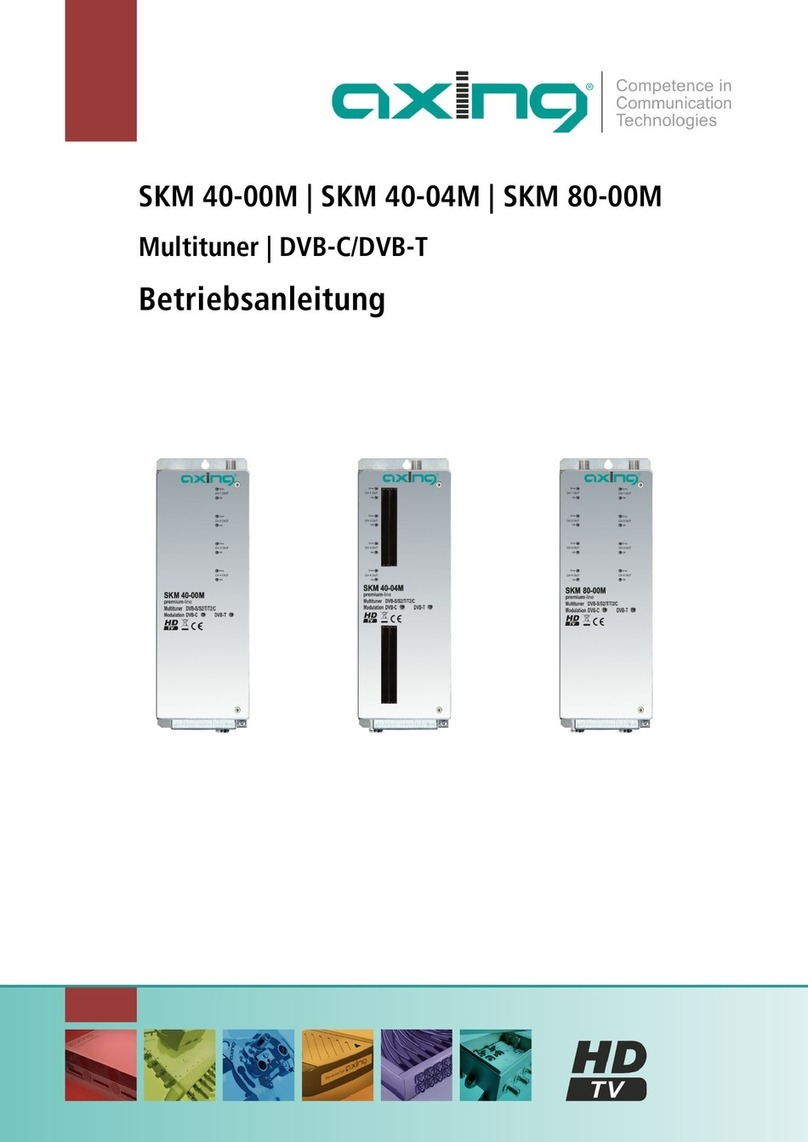
axing
axing SKM 40-00M User manual
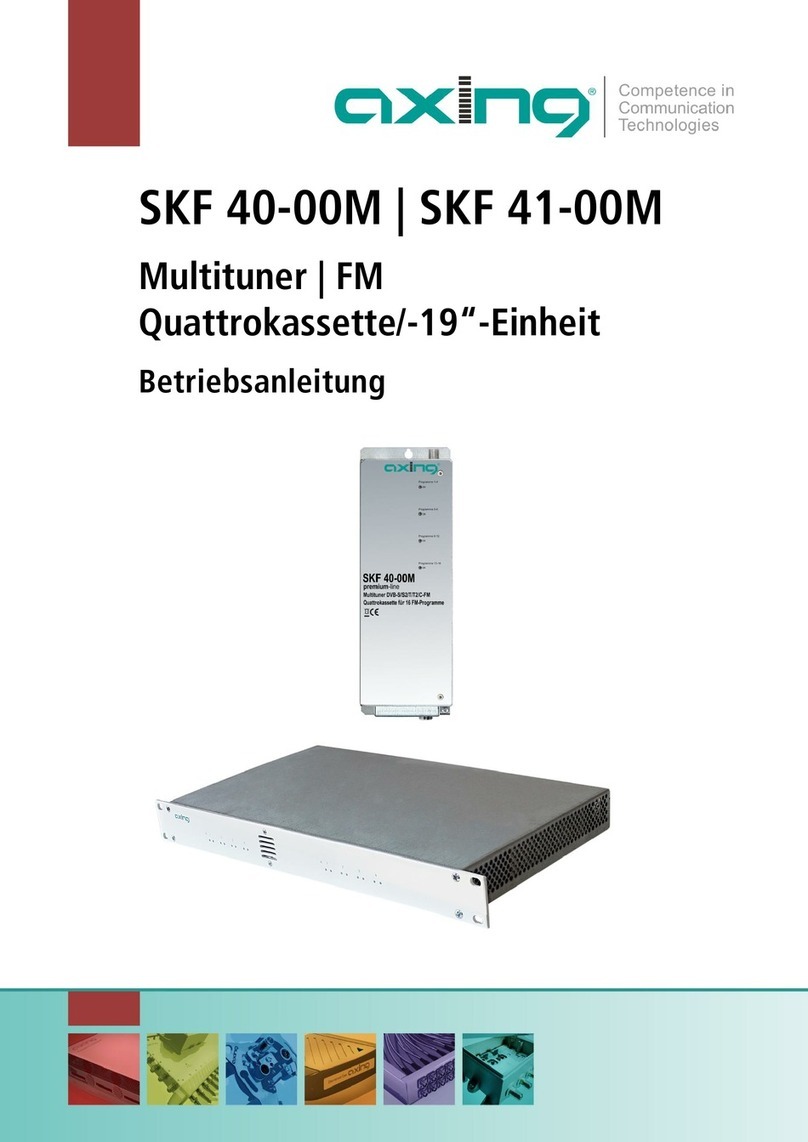
axing
axing SKF 40-00M User manual
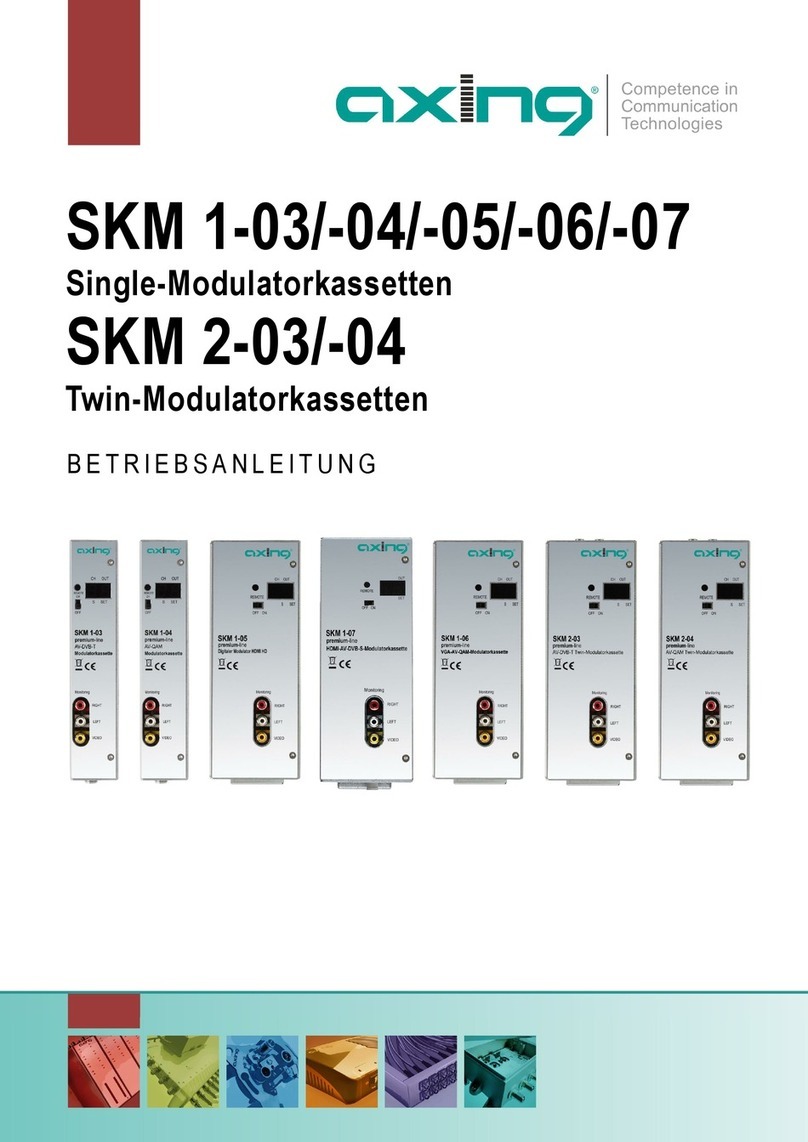
axing
axing SKM 1-04 User manual
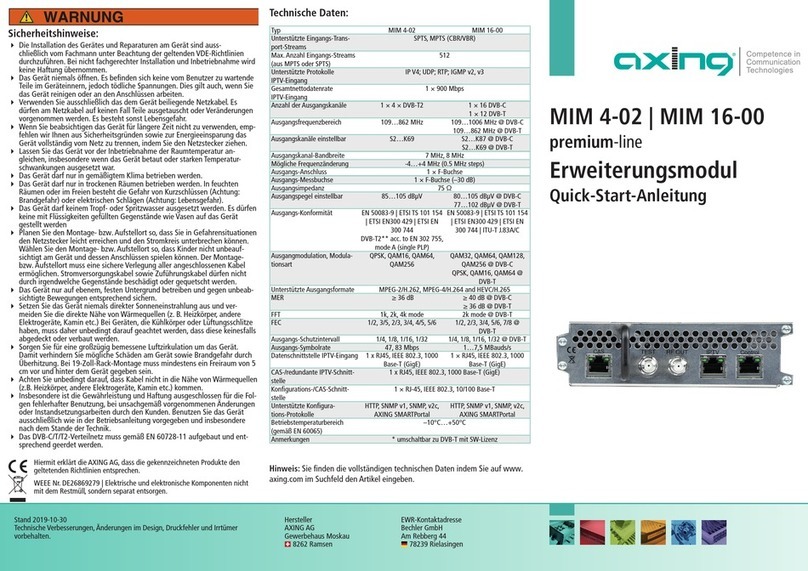
axing
axing MIM 16-00 User manual
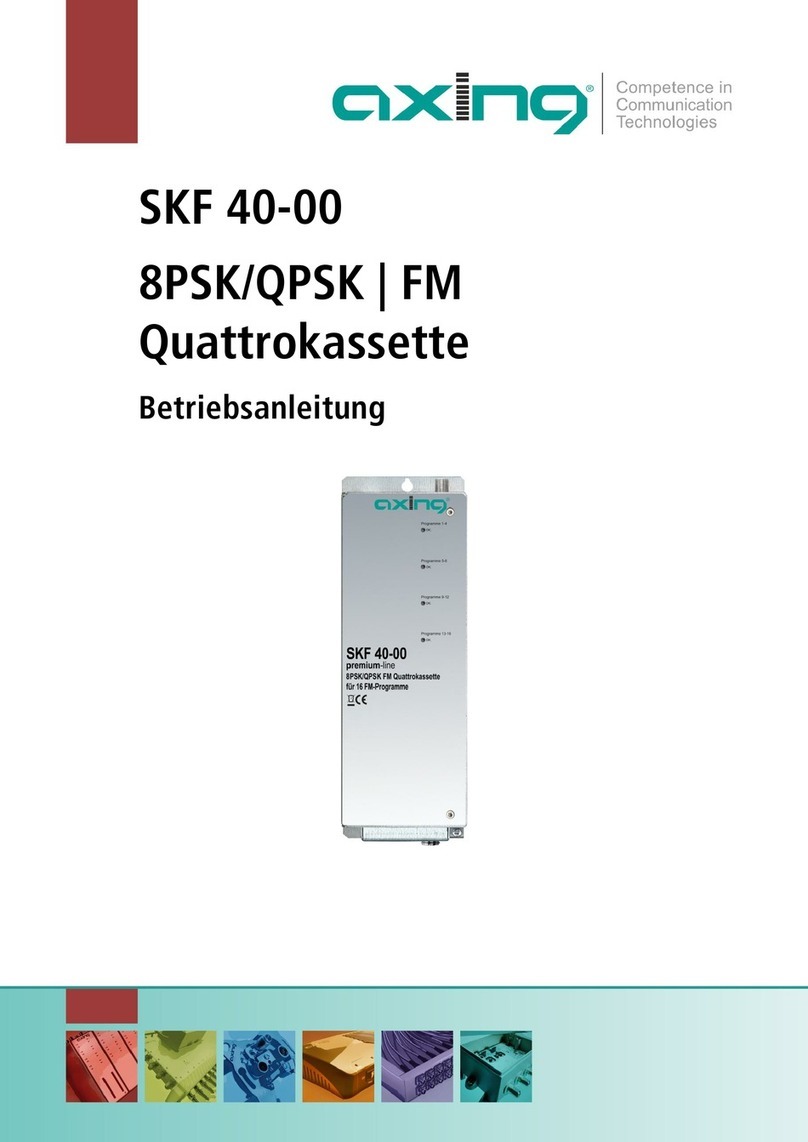
axing
axing SKF 40-00 User manual

axing
axing SKQ 40-00 User manual

axing
axing SKF 40-00 User manual

axing
axing SKT 40-20M User manual
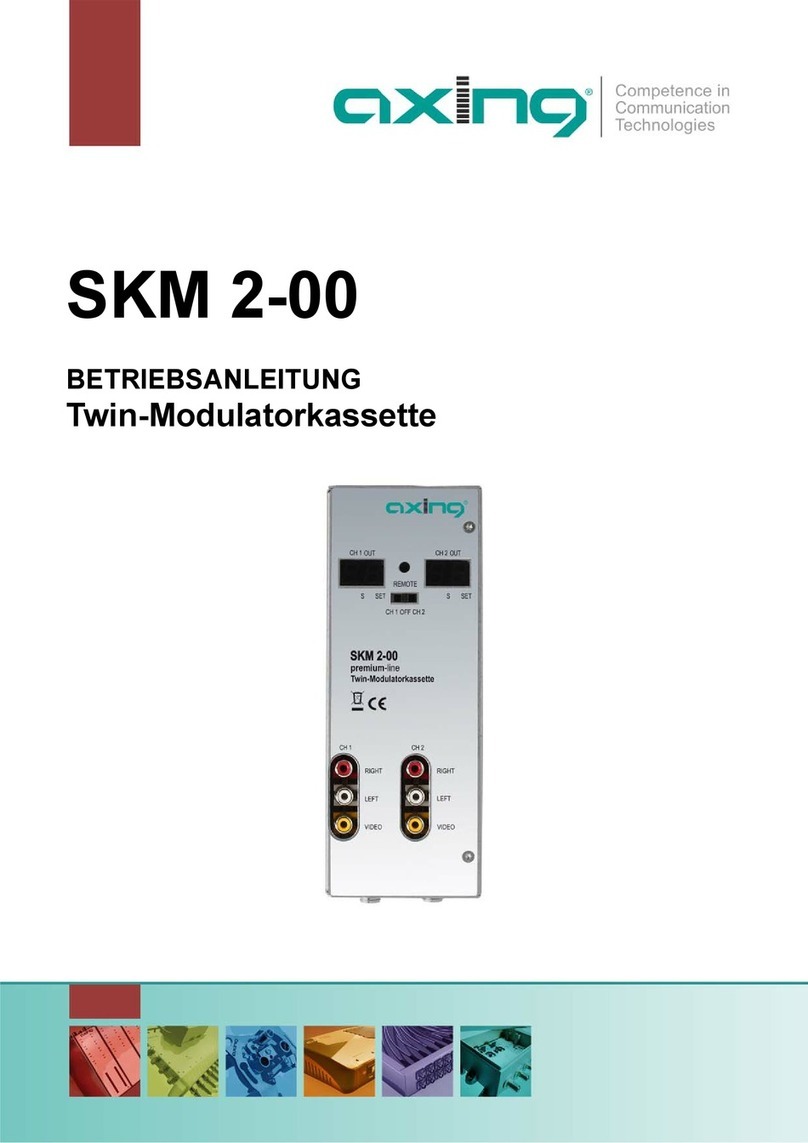
axing
axing SKM 2-00 User manual
Popular Control Unit manuals by other brands

Bardiani
Bardiani Giotto-Top Use and maintenance instructions
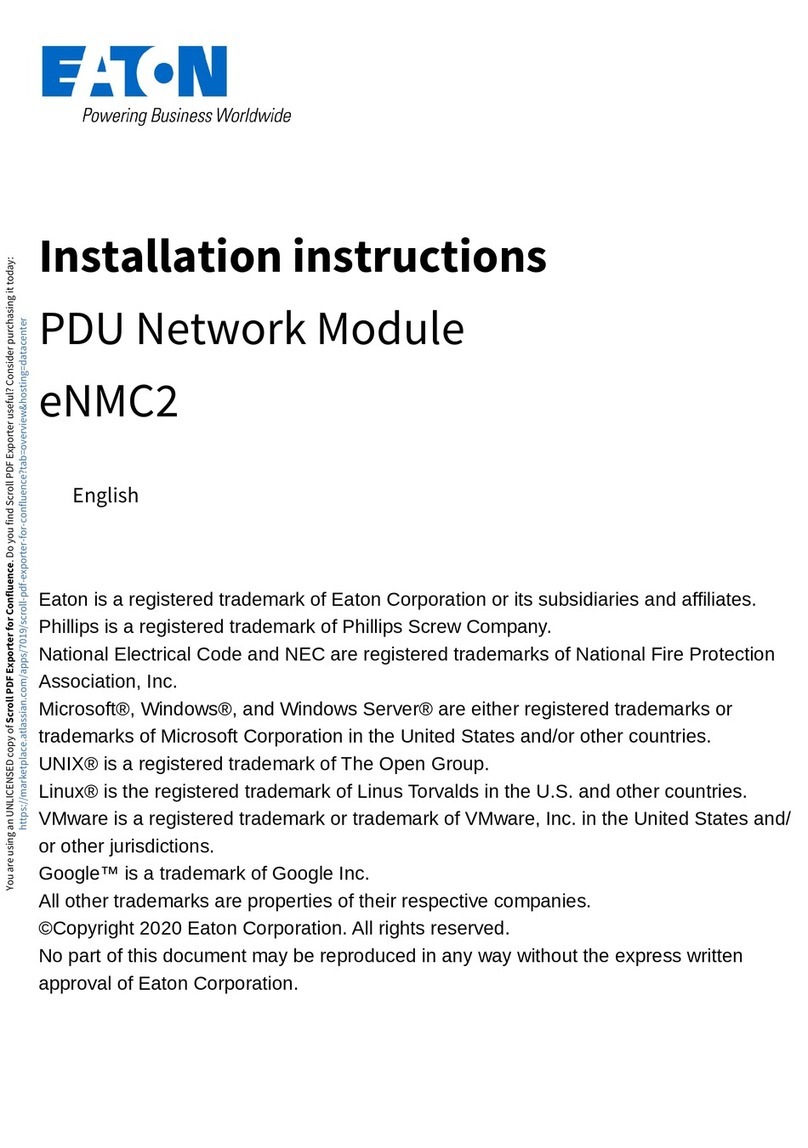
Eaton
Eaton eNMC2 installation instructions
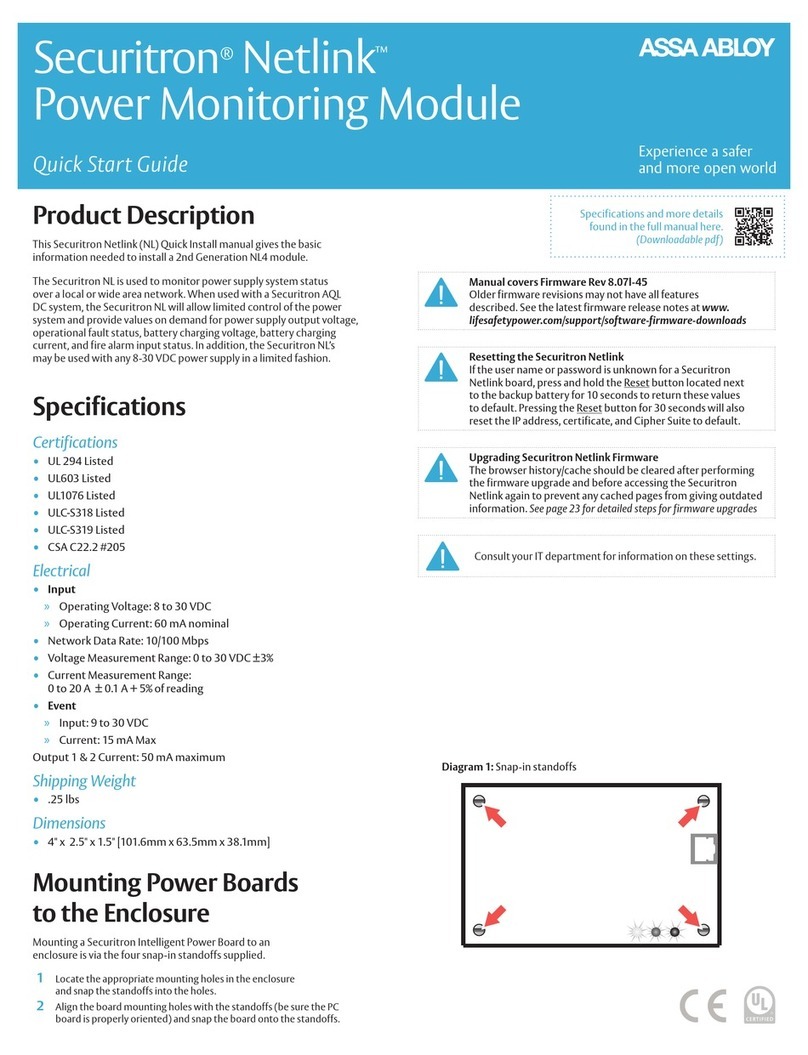
Assa Abloy
Assa Abloy Securitron NL4 quick start guide

Siemens
Siemens SINUMERIK 828D PPU Series manual
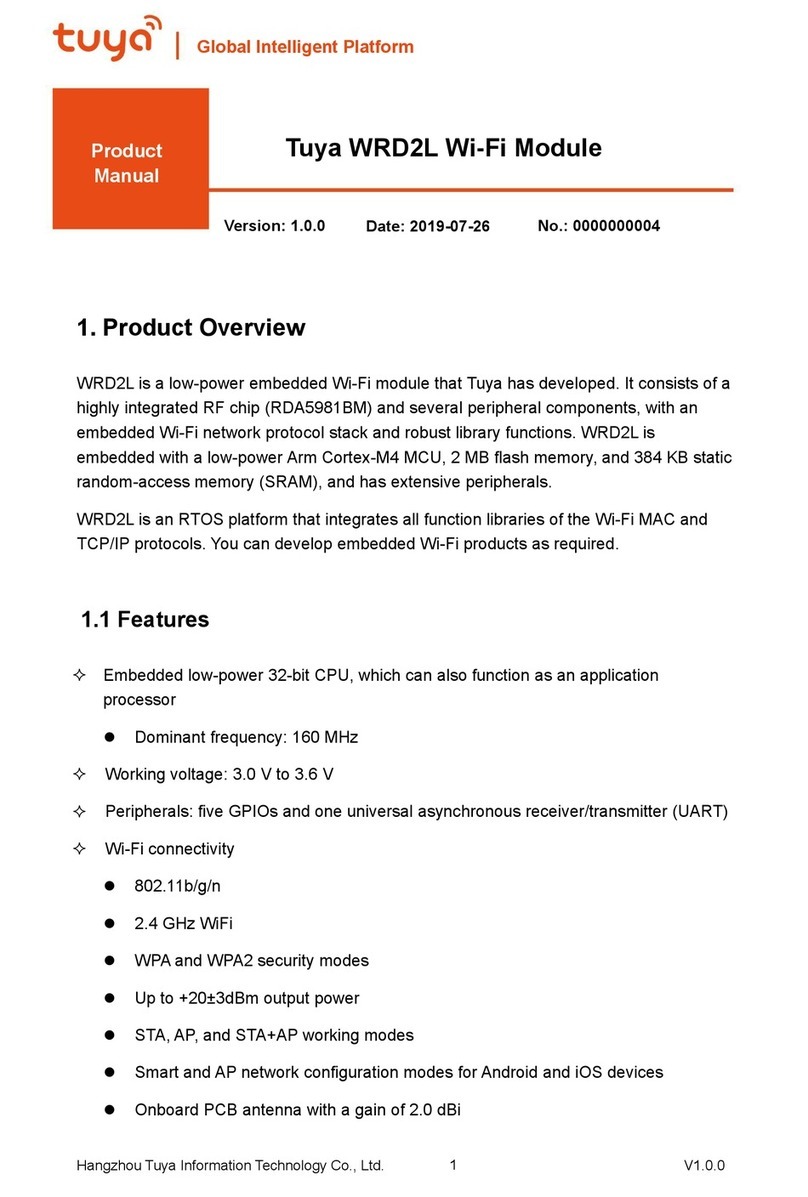
TUYA
TUYA WRD2L product manual
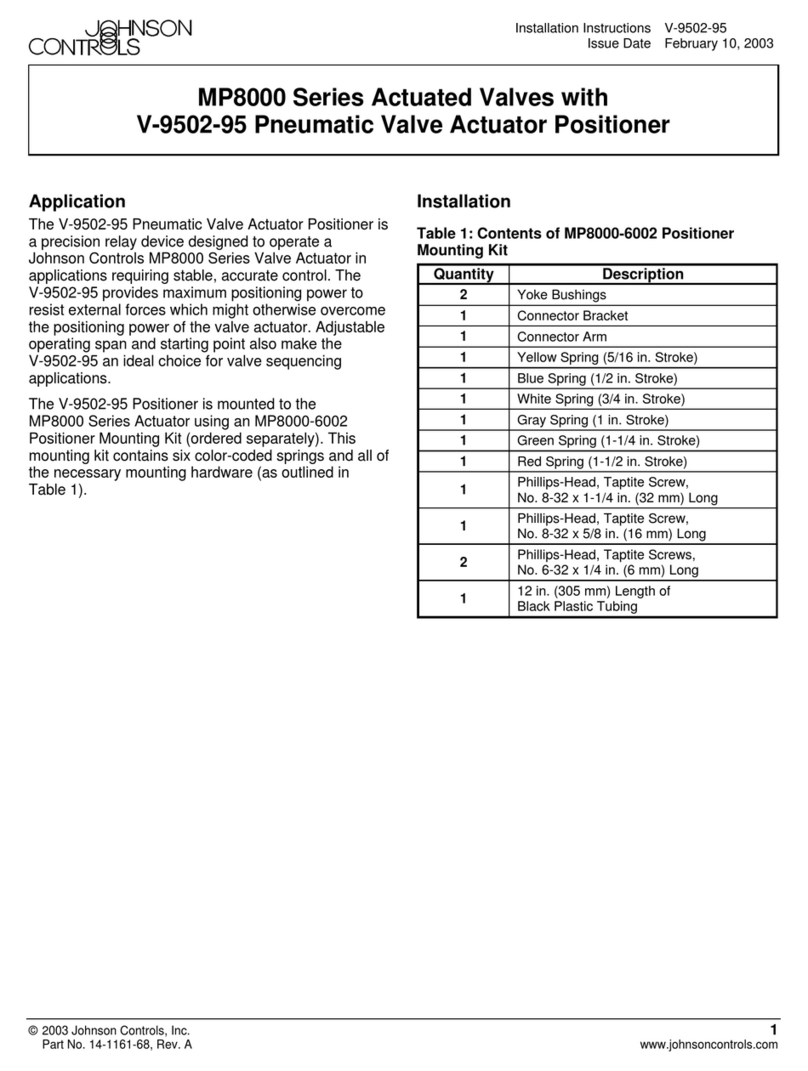
Johnson Controls
Johnson Controls MP8000 Series installation instructions

